
Musical Insights, Vol. 1 (Spring 1997) [Prev] [Next] [MACRO] [Journal Home] [Submissions]
Out of the numerous compositions Mozart wrote using the piano sonata genre, Sonata in C Major, K. 545 stands out as the only example composed for the sole purpose of a teaching composition.1 The Sonata in C Major is very well-known to the general public, as it is heard being performed by eager pianists during many piano studio recitals each year. The following macro analysis portrays how the sonata employs circle-of-fifth progressions to strengthen the tonal structure. In fact, large-scale circle relationships tie the sections of this work together.
The Sonata in C Major, K. 545 begins with a triadic, singing first theme which outlines the tonic chord of C major (figure 1).

Figure 1. Sonata in C., K. 545, measures 1-4.
Circle progressions embellish the harmonic movement of the first theme while extending the C tonality. The first theme concludes with a series of scaler passages that serve to oppose the opening triadic motion. These scaler passages, which occur in measures 5-12, close with a return to the arpeggiated motion of the opening theme. The harmonic movement in measure 11 illustrates a repetitive statement of a G major triad with a C major six-four chord embellishment. This harmonic pattern repetition serves to prolong the G tonal center through the inclusion of an authentic cadence which summarizes the recent modulation to G major (figure 2).
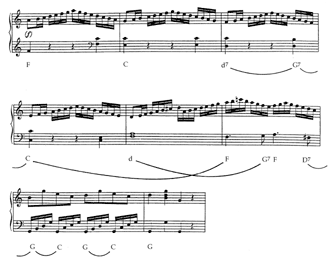
Figure 2. Sonata in C., K. 545, measures 5-12.
The second theme, which is tonally centered in the dominant key of G major, commences after a measure of introductory material. This new theme uses a descending triadic passage, whereas the first theme employed an ascending passage (figure 3).
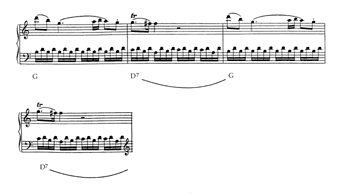
Figure 3. Sonata in C., K. 545, measures 14-17.
The next phrase of the second theme employs a series of arpeggios instead of the scaler passages found in the first theme. During this arpeggiated section, a series of circle progressions occur which moves completely through the circle of fifths and returns to the starting point of G major. This full circle progression adds a natural unfolding to the music by following the most common progression and adds a sense of a drive to the cadence of the entire first section of the composition. The exposition is completed with a derivation of the opening triadic theme in A minor, the relative minor key of C major. This closing statement is embellished with grace notes and, after the first measure, deviates from the original melodic material (figure 4).
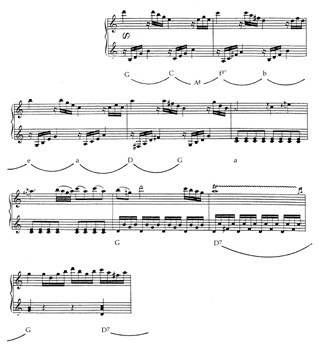
Figure 4. Sonata in C., K. 545, measures 18-26.
A codetta is located in the last three measures of the exposition (measures 26-28) which emphasizes the most important circle progressions of the new key, G major and D major, tonally reiterating the key center of G major to the listener. The exposition ends with a strong perfect authentic cadence in G major (figure 5).

Figure 5. Sonata in C., K. 545, measures 26-28.
The development begins with a melodic motive captured from the exposition's codetta. This motive alternates with scaler material and forms a type of episode at each return of the motive (figure 6).
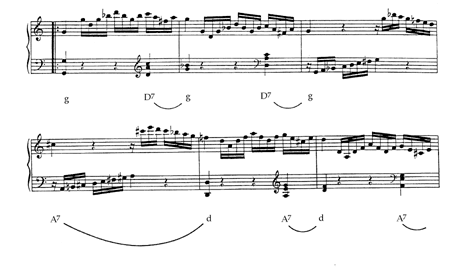
Figure 6. Sonata in C., K. 545, measures 29-34.
The development commences in G minor, modulates to D minor, and eventually settles in the key of A minor. Each of these tonal centers are established with tonic to dominant motion. The development is a fairly short section in comparison to the other sonatas Mozart composed which demonstrates one area where Mozart manipulated the form of the sonata. The development employs a transition like passage to forward its tonal center to F major for the beginning of the recapitulation. The development's final cadence, a perfect authentic cadence in F major, elides with the downbeat of the recapitulation (figure 7).
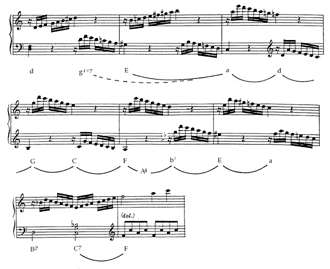
Figure 7. Sonata in C., K. 545, measures 35-42.
The recapitulation is the most interesting area of this sonata. To modern day musicians, the recapitulation is expected to appear with the first theme restated in the tonal center first employed in the exposition. In this sonata movement, Mozart deviated from what musicians now consider the normal harmonic center expectation of sonata form by allowing the recapitulation's first theme to appear in the subdominant key of F major rather than the original key of C major (figure 8). This derivation of tonal centers relates to a large interconnection within the composition that binds the exposition to the recapitulation not only by the shared melodic material, but also by the natural progression of tonal centers to deviate to other centers that are located next to each other in the circle of fifths.

Figure 8. Sonata in C., K. 545, measures 42-45.
The recapitulation's first theme is elongated in order to move the music on to the tonal center of C major (figure 9).
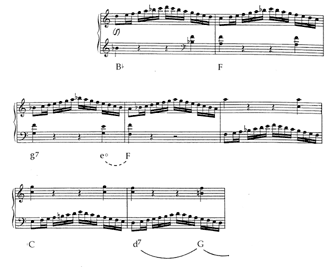
Figure 9. Sonata in C., K. 545, measures 46-52-.
The progressions in measures 53-54 allow the tonal center to return to the original key and the first theme ends in the exact manner, melodically and harmonically, that it did in the exposition (figure 10).
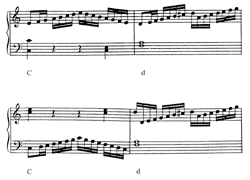
Figure 10. Sonata in C., K. 545, measures 53-54.
The second theme of the recapitulation remains, as expected, in the established key of C major instead of shifting to the dominant as it does in the exposition. Except for the change in tonal center, the second theme melodically reiterates the original second theme exactly (figures 3, 4, 5, 11).
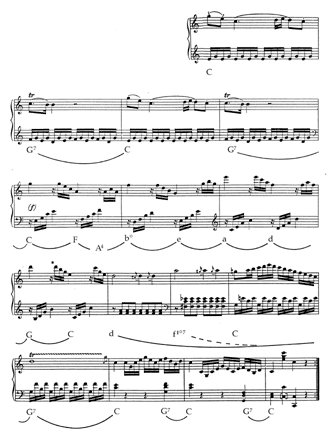
Figure 11. Sonata in C., K. 545, measures 59-73.
The recapitulation is finalized with a coda section just as the exposition ended. A strong perfect authentic cadence ends the composition (figure 11).
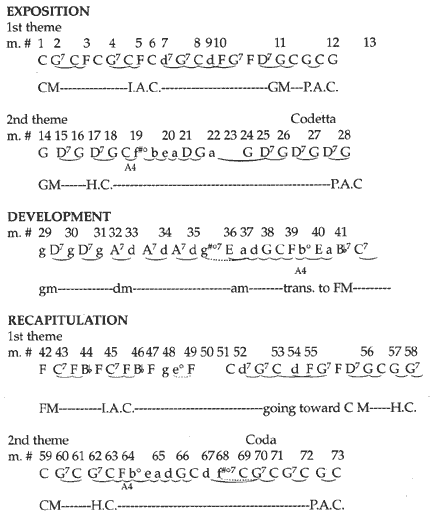
Figure 12.
The harmonic movement of this sonata deserves further discussion because of its significant reliance on circle progressions. Figure 12 shows all the progressions employed in the composition. Macro-analysis slurs aid in determining where circle progressions occur. Leading-tone movement is illustrated by a dotted slur line.
One important quality that links all subsections of the sonata together is the inclusion of a full circle progression, each including one movement that does not precisely fill the circle requirements. In the exposition, a full progression occurs in measures 17-21 (figure 13).
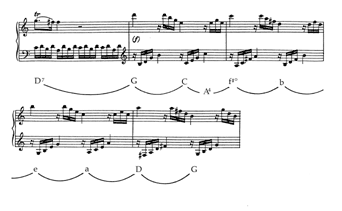
Figure 13. Sonata in C., K. 545, measures 17-21.
Notice that the music moves correctly around the circle until measure 19. At this point, the root movement of the progression ascends up an augmented fourth instead of the expected perfect fourth creating a diatonic full circle. This deviation adds a distinct color to the progression that would not be included in a straight circle progression and accommodates the progression from spiraling away from the key center. Yet, because of the surrounding harmonies, this progression can still be heard as a circle progression. Measures 36-40 in the development again demonstrates a deviation from a true full circle progression (figure 14).
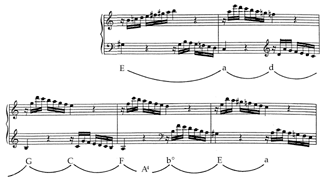
Figure 14. Sonata in C., K. 545, measures 36-40.
In measure 39, the music moves from an F major triad to a B-diminished chord. This is again a deviation to the augmented interval of a fourth. As expected, the recapitulation copies this trend in measures 62-66 (figure 15).
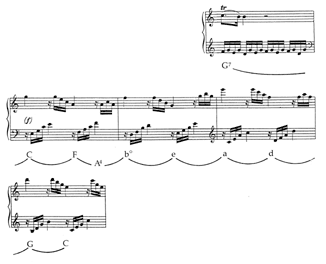
Figure 15. Sonata in C., K. 545, measures 62-66.
This divergence from the expected progression is harmonically identical to the one found in the development section of the sonata where the F major chord shifts to a B-diminished triad.
By examining the overall tonal centers of the sonata, one can define large circle progressions that aid in pulling the sections together into one large composition (figure 16).

Figure 16. Important circle connections in Sonata in CM, K545.
The simplicity of this sonata should not hide its value as a wonderful composition that demonstrates Mozart's talents as an innovator of sonata form and his masterful use of circle progressions. The linking of the exposition to the recapitulation through the use of circle progressions illustrates the strong pull Mozart employed to emphasize the return of the original exposition material. By conjoining the beginning and the end of the exposition to the recapitulation through circle relations, Mozart reinforces the prestige of these two sections in the sonata form. Mozart also skillfully illustrates his use of circle unfoldings in the development section of the sonata as the harmonic movement shifts through the tonal centers of G major, D major, and A major, outlining "anti-circle" progressions by reversing the direction of rotation around the circle of fifths. As observed in this analysis, there is much to be learned from the Sonata in C Major, K. 545, and for this reason, it should not be overlooked when studying the piano sonatas of W. A. Mozart.
Harris, Robert. What to Listen for in Mozart. New York: Penguin Books, 1993.
Mozart, Wolfgang Amadeus. Nineteen Sonatas for the Piano: Book 1. New York: G. Schirmer, 1918.
Tobin, J. Raymond. Mozart and the Sonata Form. London: William Reeves, 1916; reprint, Westport: Greenwood Reprinting, 1971.